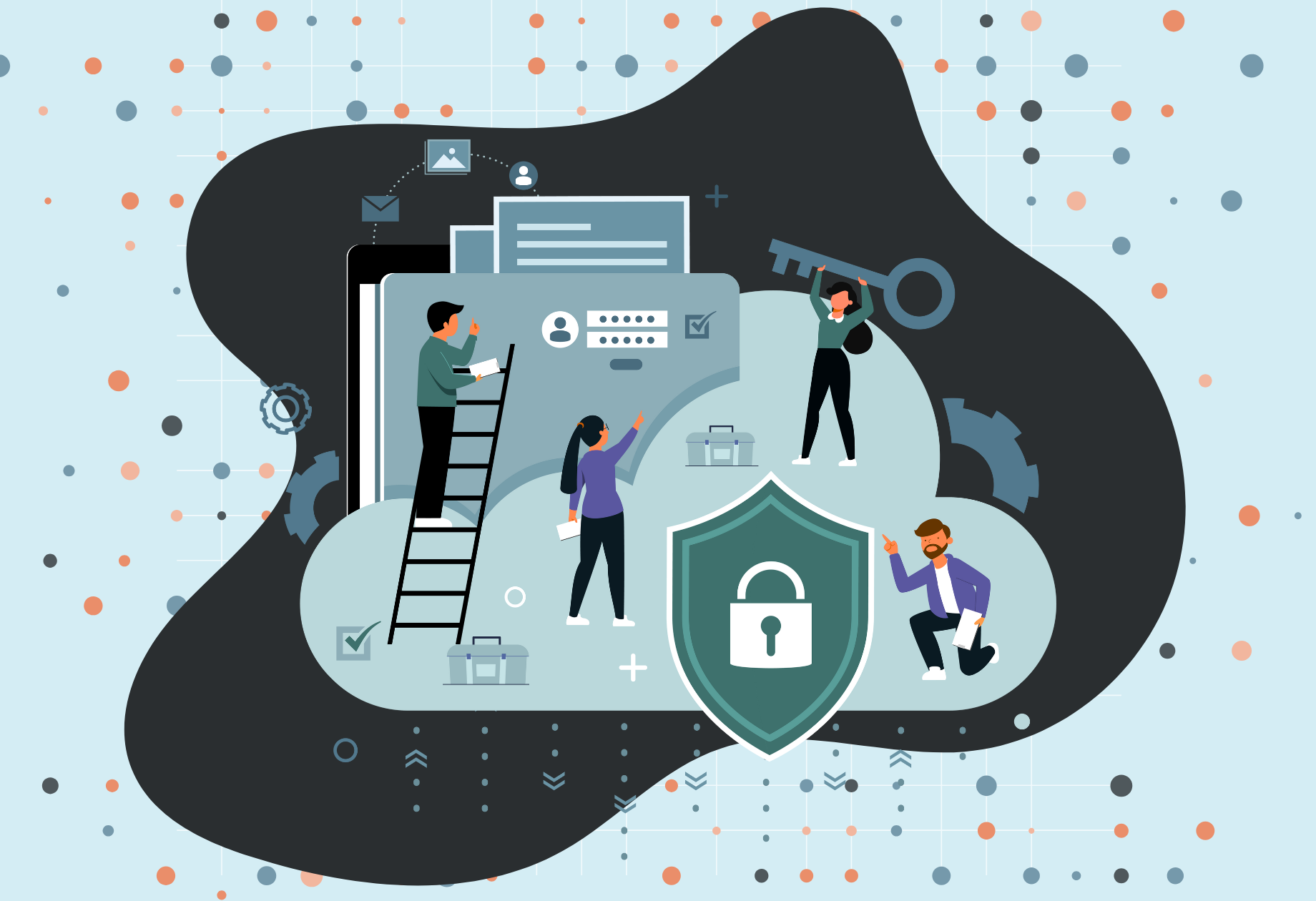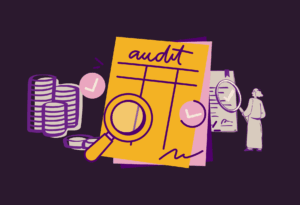Virtual Private Networks (VPNs) as Foundation
Virtual Private Networks serve as the fundamental building block for secure remote nonprofit operations, creating encrypted tunnels that protect sensitive organizational data from interception during transmission. For nonprofits handling donor details, beneficiary records, and strategic documents, VPNs provide essential protection when staff access organizational systems from various locations and network environments.
Implementing VPN technology requires careful consideration of an organization’s resources and technical capabilities. Many VPN providers offer nonprofit discount programs, recognizing the critical importance of secure internet access for organizations operating with limited budgets. The key is selecting VPN solutions that provide enterprise-level security while remaining accessible to organizations with limited technical expertise.
It is important not to overstate the use of VPN for nonprofit accounting functions, where staff regularly access financial systems containing sensitive donor information and organizational financial data. Remote access to these systems without VPN protection exposes organizations to significant risks of data interception and unauthorized access.
Multi-Factor Authentication (MFA) Implementation
Multi-factor authentication represents a critical defense against unauthorized access to nonprofit financial systems and donor databases. MFA requires users to provide additional verification beyond passwords, typically involving something they know (password), something they have (phone), or something they are (fingerprint). This additional security layer provides peace of mind through enhanced protection for sensitive organizational data.
Implementation of MFA across nonprofit accounting software and donor management systems requires strategic planning to ensure compatibility and user adoption. Staff training becomes essential to ensure that additional security measures enhance rather than hinder operational efficiency. The investment in MFA implementation typically pays for itself by preventing costly security breaches and maintaining donor confidence.
Progressive accounting firms and software providers are increasingly implementing MFA as a standard security measure, recognizing that traditional password protection is no longer sufficient to protect against modern cyber threats. Nonprofits should prioritize working with service providers that offer robust MFA options and require their implementation for accessing sensitive financial systems.
Cloud-Based Accounting Security
Migration to secure cloud-based general ledger systems provides nonprofit organizations with enhanced security controls and remote accessibility that surpass traditional on-premise solutions. Professional cloud service providers typically offer enterprise-level security protocols, data encryption, and restricted access controls that would be cost-prohibitive for individual nonprofit organizations to implement independently.
Cloud computing’s pay-as-you-go model aligns particularly well with nonprofit budget constraints, ensuring that organizations only pay for resources they use rather than investing in expensive hardware and software that may not be fully utilized. Additionally, cloud providers constantly update their security protocols to match new threats, ensuring that nonprofit data remains protected against evolving cybersecurity challenges.
Third-party accounts payable providers offer strengthened internal controls by creating additional oversight and segregation of duties in financial processes. Role-based access controls ensure that staff members access only the financial information necessary for their specific responsibilities, thereby reducing the potential for unauthorized access or inadvertent data exposure.
Device Management and Security
Managing and securing devices represents a critical component of remote work security, as these devices serve as primary access points to sensitive organizational data. Regular software updates and patch management across distributed teams require systematic approaches that ensure all devices maintain current security protections against known vulnerabilities.
Firewall implementation and endpoint protection for remote work devices provide additional layers of security that protect against malware and unauthorized network access. Clear policies for personal device usage in nonprofit operations help establish boundaries and security requirements while accommodating the practical realities of remote work environments.
Organizations should prioritize providing company-owned devices whenever possible, as these can be more easily managed and secured in accordance with organizational standards. When personal devices must be used, comprehensive policies and training programs become essential to ensure that staff understand best practices for safeguarding organizational data and mitigating cybersecurity risks.
Maintaining Internal Controls in a Distributed Environment
Adapting Traditional Controls for Remote Work
The challenge of maintaining segregation of duties with a distributed staff requires creative solutions that preserve financial oversight while accommodating the realities of remote work. Digital authorization tools can prevent delays in financial processes while ensuring that appropriate approvals are obtained and documented. Written financial policies become even more crucial in remote work environments, as they provide clear guidance for staff operating without direct supervision.
Not-for-profit entities have a responsibility to donors and stakeholders to maintain strong internal controls to help prevent and detect fraud, regardless of their operational model. Remote work environments require deliberate restructuring of control mechanisms to ensure that they operate as effectively as they did in traditional office settings.
Communication becomes critical to maintaining effective internal controls in remote environments, as conversations that once happened naturally in workplace settings must now be more deliberately scheduled and structured. Regular video conferences, phone calls, and written communications help maintain oversight and accountability, which support effective internal control systems.
Strengthening Financial Oversight
Regular risk assessments become even more critical in remote work environments, as new vulnerabilities may emerge that weren’t present in traditional office settings. Enhanced communication protocols help maintain “tone at the top” messaging that emphasizes the importance of internal controls and ethical financial management throughout the organization.
Documentation requirements for remote approval processes must be carefully designed to ensure that electronic approvals provide the same level of accountability and audit trail as traditional paper-based systems. Digital workflow systems can enhance documentation and tracking capabilities compared to manual processes when properly implemented and monitored.
Management should periodically assess the risk of fraud and misstatement in remote work environments, recognizing that traditional oversight mechanisms may need to be adapted or replaced with new approaches. This ongoing assessment helps ensure that internal controls continue to operate effectively as operational models evolve.
Technology Solutions for Control Enhancement
Digital workflow systems provide opportunities to maintain and even enhance approval hierarchies while accommodating remote work requirements. Automated controls within cloud-based accounting systems can reduce the need for manual oversight, providing a consistent application of organizational policies and procedures.
Third-party services for critical functions, such as payroll and accounts payable, can provide additional layers of control and professional oversight, thereby strengthening internal control environments. Real-time monitoring capabilities through cloud-based financial dashboards enable continuous oversight of financial activities, even when staff are distributed across multiple locations.
Year-round compliance preparation becomes more manageable through cloud-based systems that maintain continuous documentation and reporting capabilities. These systems provide audit trails and documentation that support both internal oversight and external compliance requirements.
Compliance Considerations
Updating policies to address remote work regulatory requirements ensures that organizations maintain compliance with applicable laws and standards while operating with distributed workforces. Insurance considerations for distributed workforce operations may require policy updates or additional coverage to address new risk exposures associated with remote work.
Audit trail maintenance in digital environments requires careful attention to system configuration and user access controls to ensure that all financial activities are properly documented and traceable. Regular review of digital audit trails helps identify potential control weaknesses or areas requiring additional oversight.
Compliance with data privacy laws such as GDPR or CCPA becomes more complex in remote work environments, requiring additional attention to data handling practices and employee training. Organizations must ensure that remote work practices align with regulatory requirements for data protection and privacy.



